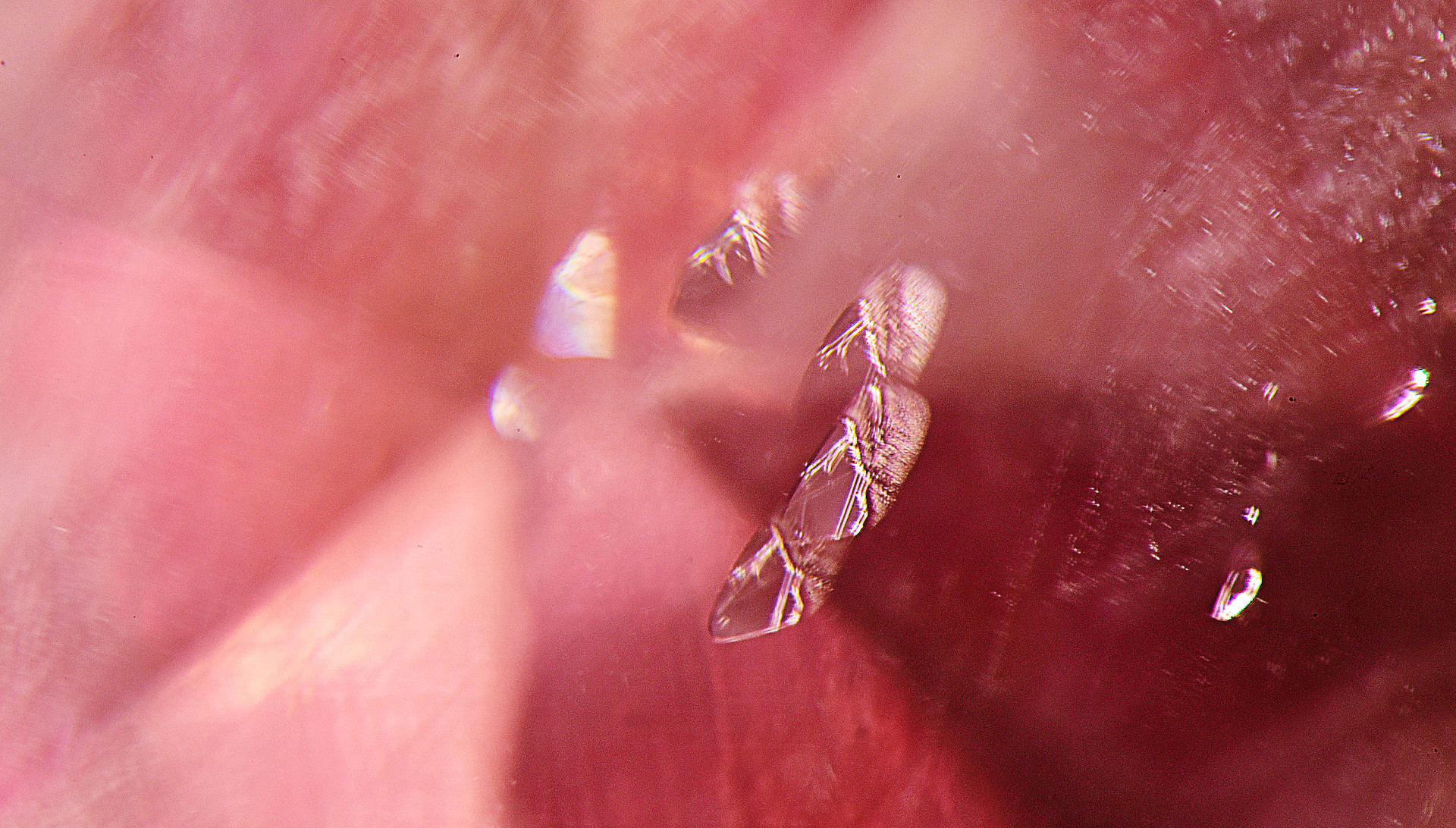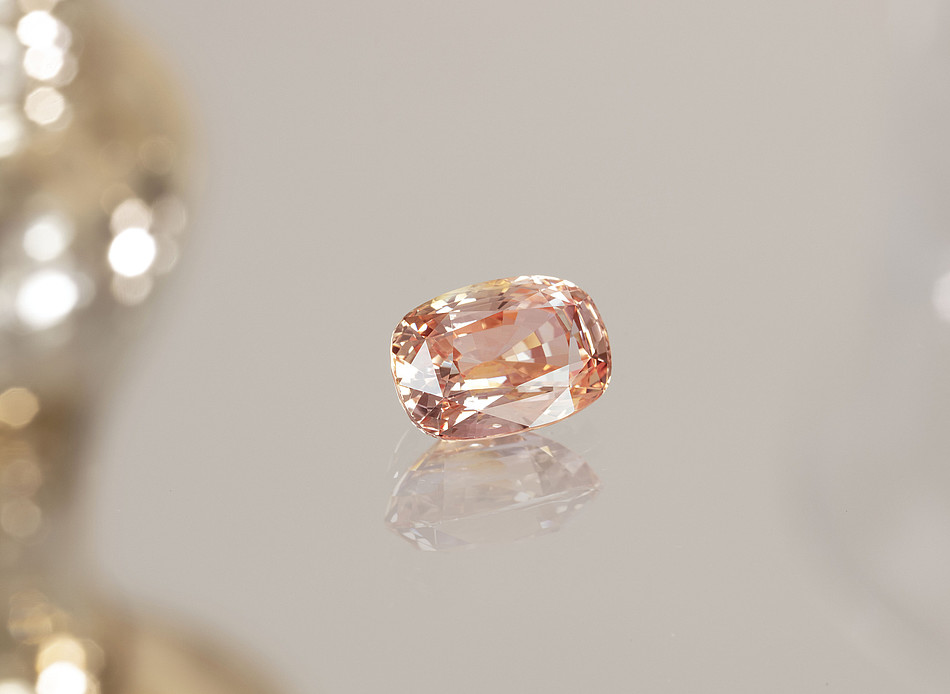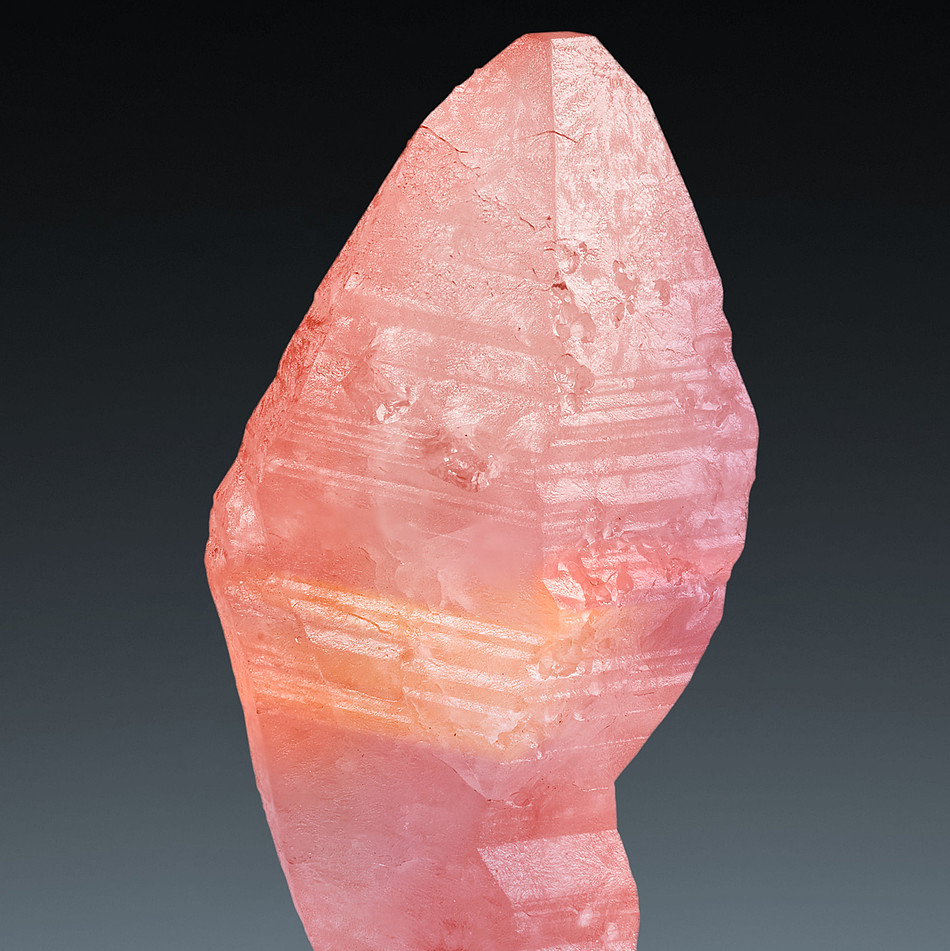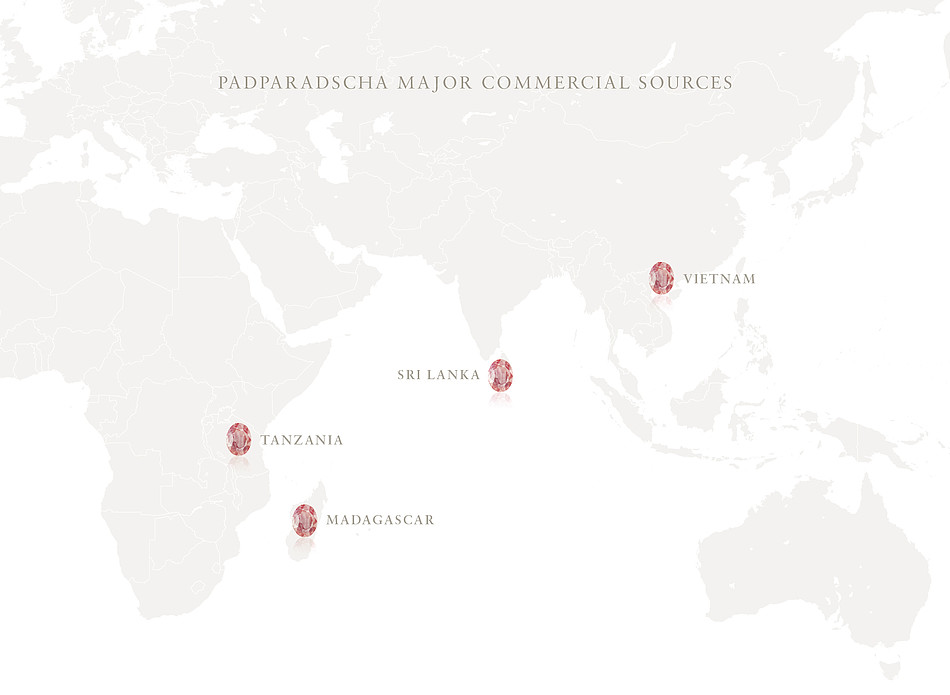Padparadscha sapphires
Treatment
Like sapphires of other colours and rubies, padparadscha sapphires are often heat treated. A controversy arose in the beginning of the 21st century about special heat treatments utilising extremely high temperature and the addition of beryllium into the process. This was a novel way to change the colour of relatively unattractive, light pink sapphires into the sought after padparadscha colour. Nowadays, gemmological laboratories mark stones treated in this fashion as "lattice diffused" and include this statement in their reports. Stones that bare such an indication on their report are not called padparadscha sapphires, even when all other conditions are met.






